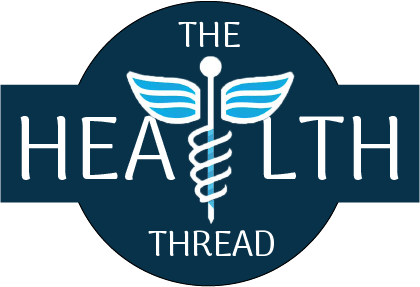What are the benefits of Knotweed tea ?
Knotweed, also known as Japanese knotweed (Fallopia japonica), is a plant that has been used in traditional medicine for centuries. It offers several potential benefits due to its unique chemical composition. However, it is important to note that further research is needed to fully understand and validate these benefits. Here are some potential benefits of knotweed:
Antioxidant Properties: Knotweed contains high levels of resveratrol, a potent antioxidant compound. Resveratrol has been associated with various health benefits, including protecting against oxidative stress, inflammation, and certain chronic diseases. It may also have anti-aging properties and contribute to cardiovascular health.
Anti-Inflammatory Effects: Knotweed has been traditionally used for its anti-inflammatory properties. Some studies have suggested that knotweed extracts may help reduce inflammation markers in the body, potentially benefiting conditions related to chronic inflammation, such as arthritis and cardiovascular diseases.
Cardiovascular Health: Knotweed extracts have shown potential in promoting cardiovascular health. The resveratrol content in knotweed may help improve blood flow, reduce blood pressure, and protect against heart disease. It may also have a positive impact on lipid metabolism and help maintain healthy cholesterol levels.
Neuroprotective Potential: Some research has indicated that knotweed extracts, particularly those rich in resveratrol, may have neuroprotective effects. Resveratrol has been associated with supporting brain health and potentially reducing the risk of neurodegenerative diseases, such as Alzheimer’s and Parkinson’s.
Anti-Cancer Properties: Knotweed contains several bioactive compounds that have shown anticancer properties in laboratory studies. These compounds may help inhibit the growth of cancer cells, prevent angiogenesis (formation of new blood vessels that support tumor growth), and induce apoptosis (programmed cell death) in cancer cells. However, more research is needed to determine the potential clinical applications of knotweed in cancer treatment.
It is important to note that while knotweed shows promise for various health benefits, it should not be considered a standalone treatment or substitute for professional medical advice. If you are considering using knotweed or its extracts for health purposes, it is advisable to consult with a healthcare provider or a qualified herbalist to ensure safe and appropriate use.
REFERENCES
- Yang, Y., et al. (2019). Resveratrol: Review on its discovery, anti-leukemia effects and pharmacokinetics. Chemico-Biological Interactions, 306, 29-38.
- Kim, J. H., et al. (2020). Fallopia japonica extract exerts anti-inflammatory activity through MAPK-mediated suppression of the NF-κB signaling pathway in LPS-induced RAW 264.7 macrophages. International Journal of Molecular Medicine, 46(4), 1513-1520.
- Imran, M., et al. (2019). Resveratrol as an anti-cancer agent: A review. Critical Reviews in Food Science and Nutrition, 59(1), 89-101.
- Patel, K. R., et al. (2011). Clinical pharmacology of resveratrol and its metabolites in colorectal cancer patients. Cancer Research, 70(19), 7392-7399.
- Hwang, S. L., et al. (2016). Fallopia japonica, a natural modulator, can overcome multidrug resistance in cancer cells. Nutrients, 8(8), 461.



